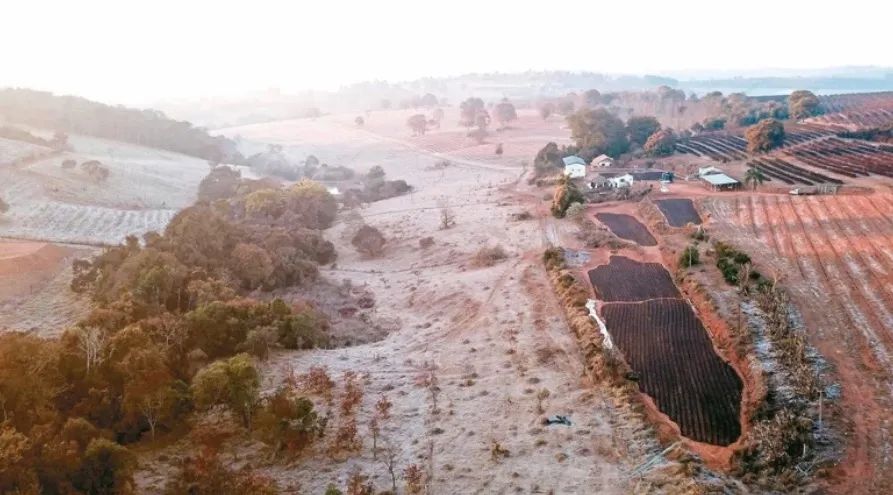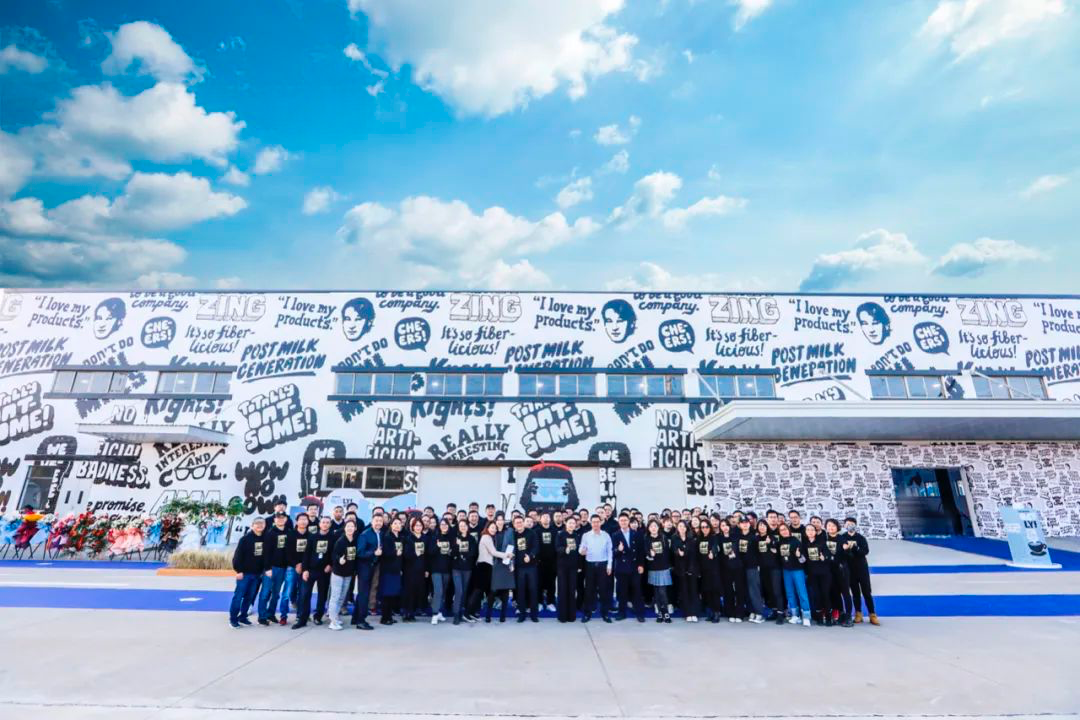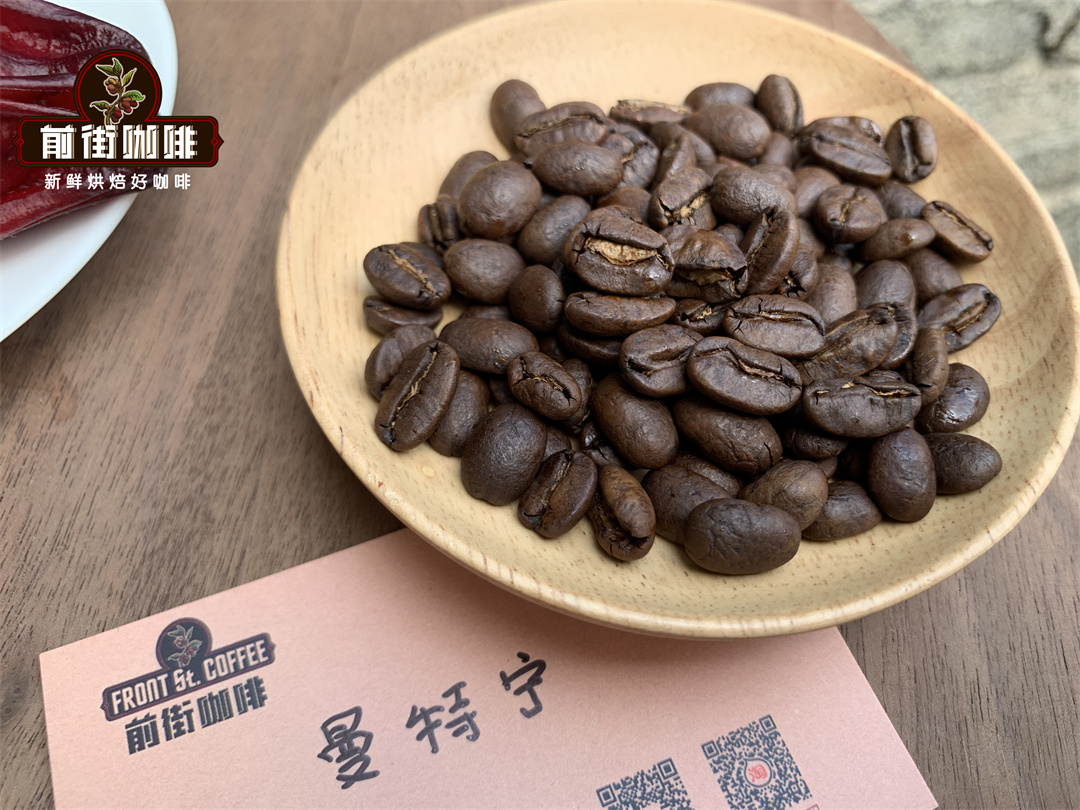Coffee Bean Market Latest Quotes: Coffee Price Trend in 2021 Arabica Coffee Price Soars
Since the beginning of this year, the signal of "coffee price rise" has continued to be the focus of the entire coffee industry.
Several media reported that the price of Arabica coffee soared close to the highest level in a decade. According to coffee finance network, the main contract of ICE intercontinental exchange Arabica coffee futures (03 contract) rose 4.8% to 223.5 cents / lb, the highest level since November 2011, and coffee prices have nearly doubled this year.

Price trend of Arabica Coffee Futures since 2011
On the other hand, the soaring price of coffee can be summarized as follows:
COVID-19 epidemic, the impact of extreme weather on major coffee producing countries such as Brazil and Colombia, as well as the logistics crisis.
Large-scale production reductions and supply shortages of coffee beans are common in the world's major coffee exporters, including: severe drought, frost and other natural disasters in Brazil, the world's largest coffee supplier, have led to a sharp decline in coffee bean production. It is expected that by 2022, production in some parts of Brazil will also be lower than normal, and fertilizer costs in Brazil will begin to rise after a long drought. In the past 30 days, for example, potash prices have risen by 6%, urea prices by 35%, and sodium phosphate prices by 12%.

Minas Gerais, the largest coffee producer in Brazil
Colombia, the largest coffee producer, has seen a sharp drop in production this year, resulting in an imbalance between supply and demand, leading to a rise in international coffee prices. Farmers who took forward transactions to sell coffee beans at low prices breached their contracts after the price of Arabica coffee in Colombia hit an all-time high.
India, one of the main producers of coffee, also faces the climate problem of too much Rain Water, so coffee production is also affected.
Vietnam, the largest producer of Robusta coffee, has also made it difficult for traders to ship coffee beans to ports and export them overseas due to epidemic restrictions, leading to a rise in the price of all exported coffee in Vietnam.
The rise in coffee prices, in addition to the rise in raw materials, high freight costs and a shortage of containers have put pressure on the supply chain to unprecedented levels.
For example, Brazilian exporters are unable to ship millions of bags of coffee due to a shortage of containers in Brazilian ports, while Vietnam faces supply chain disruptions and soaring costs of freight routes in Asia.
In addition, the National Coffee Association (National Coffee Association) believes that coffee prices continue to rise because of changes in supply, saying: over the years, the world has grown more coffee than we consume, but the USDA predicts that coffee consumption will exceed farmers' harvests this year.
According to the US consumer inflation report for October, coffee prices rose 4.7% a year, lower than the 31-year high overall inflation rate reached in that month (6.2%), because coffee brands such as the global coffee chain Starbucks bought coffee beans in advance. At the same time, it has also developed a price rise strategy, which can alleviate the impact of futures market shocks, but Industry insiders pointed out: if the price of coffee continues to rise, it will eventually be passed on to consumers.
* Photo Source: for more information about coffee beans on the Internet, please follow the coffee workshop (Wechat official account cafe_style) for professional coffee knowledge exchange. Please add Wechat account kaixinguoguo0925.
Important Notice :
前街咖啡 FrontStreet Coffee has moved to new addredd:
FrontStreet Coffee Address: 315,Donghua East Road,GuangZhou
Tel:020 38364473
- Prev

That old brand oatmeal milk tastes good? Where is the first factory in China?
Oatley, a brand of "online fame", welcomes the opening of China's first factory. On November 18, the world's largest Swedish oat drink brand announced that OATLY China's first factory "Oli Maanshan production base" has been opened. This is the second plant in Asia after Singapore's first in Asia
- Next

Taste and Flavor characteristics of Fine Coffee and Wet planing method
The degree of preference for varieties in the European and American coffee industry can be explained by "three-tier theory". The first level: (1) the ancient high-quality varieties of Ethiopia (Ethiopia) Yegashifi and Yemen (2) the old cluster of iron pickups transplanted to Asia and Central and South America in the 18th century and the SL2 selected by Bourbon in Kenya in the 20th century.
Related
- The milk tea cup becomes smaller?! Overlord Tea Girl launches a new "Return to Yunnan" series
- Accused of selling counterfeit and high-priced coffee beans! Well-known boutique coffee brand "Oukelao" bowed and apologized!
- How to make espresso dumplings? Can I eat coffee and glutinous rice balls together?
- Save the unformed and stagnant powder cakes in one second! What is the problem with stagnant water in the powder bowl of the espresso machine?
- What does hand-brewed coffee stop mean? Why is it not recommended to make coffee by hand?
- Is it normal to smell like coffee? Why does coffee smell like alcohol? What's wrong with the strong smell of cold extract ice dripping ice brewed coffee?
- How to solve the problem that hand-brewed coffee extraction takes too long? Why is the water flowing so slowly when making coffee?
- The main points of making Australian white coffee, the proportion details, how does Australian white properly foam and blend the flowers?
- Can ice water make cold extract coffee? What is the difference between room temperature water and ice water for making cold coffee?
- What milk is best for making latte and white Dirty coffee? What is the difference between different brands of fresh milk and pure milk for making coffee?

